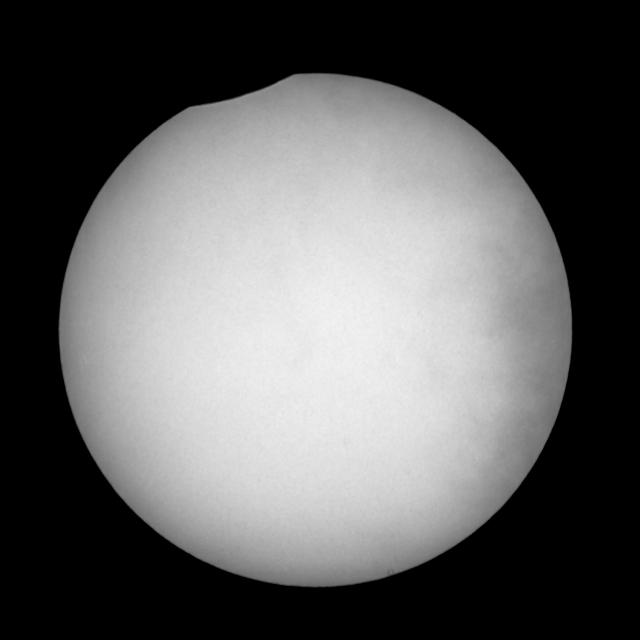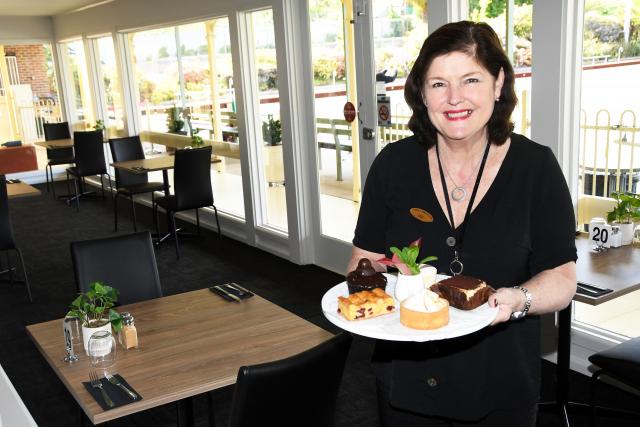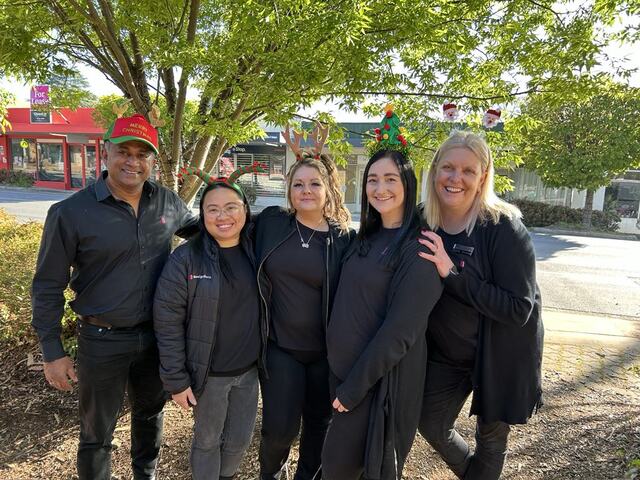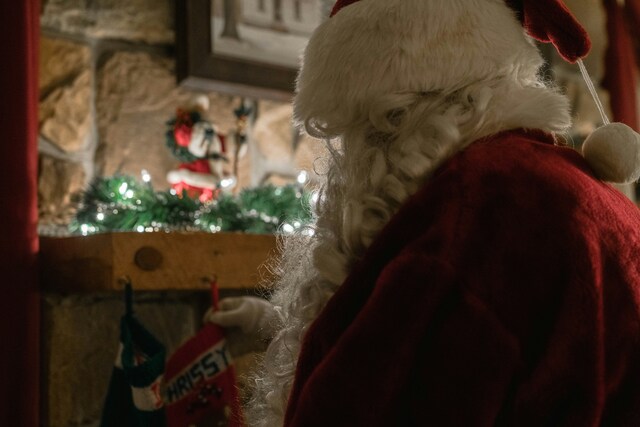Victorians will be able to experience a partial eclipse on Thursday 20 April, the first of five total eclipses expected in Australia over the next 15 years will occur.
The sun will disappear completely for a minute over Ningaloo in Western Australia at 11.29 am, according to the Astronomical Society of Australia, with another total eclipse expected to hit Sydney in 2028.
“The beauty of a total solar eclipse and why people will travel the world to see it is it’s because it’s the only time you can see some of the more beautiful features around the sun, such as the corona, which are huge streamers of gas which stream off the sun,” Mount Burnett Observatory committee member Jacquie Milner said.
“They’re actually much hotter than the sun.”
Ms Milner said those in the state will only see 11 per cent of the sun covered at most, with peak viewing time at 2.09pm.
“We always have to give a warning about not looking directly at the sun…the best way is to look at it indirectly. ” Ms Milner said.
“The easiest way is to get two pieces of card or a thick piece of paper and a piece of paper to project onto.
“You put a pinhole or a small hole, a millimetre or two across, in one of them, and the other you leave plain…then you just project an image of the sun through the pinhole onto the other piece of paper.”
The next total solar eclipse on 22 July 2028 will cross the Kimberley in WA, NT, southwest QLD and will pass through Sydney.
On 25 November in 2030, SA, northwest NSW and southern QLD will experience totality of the moon covering the sun, with the eclipse ending at sunset in southeast QLD.
The third total solar eclipse will occur on 13 July 2037 through southern WA, southern NT to QLD, passing over Brisbane and the Gold Coast.
Central WA. SA and the border of NSW and Victoria will then see another total solar eclipse on 26 December 2038.
Ms Milner said the next total solar eclipse in Sydney will be easily accessible for astronomy fiends.
“All they have to do is walk out their front door,” she said.
“The last hundred years, we’ve only seen a couple over the Australian continent and now we’ve got five in 15 years.
“We’re in for a big total solar eclipse fest, in a way.”







